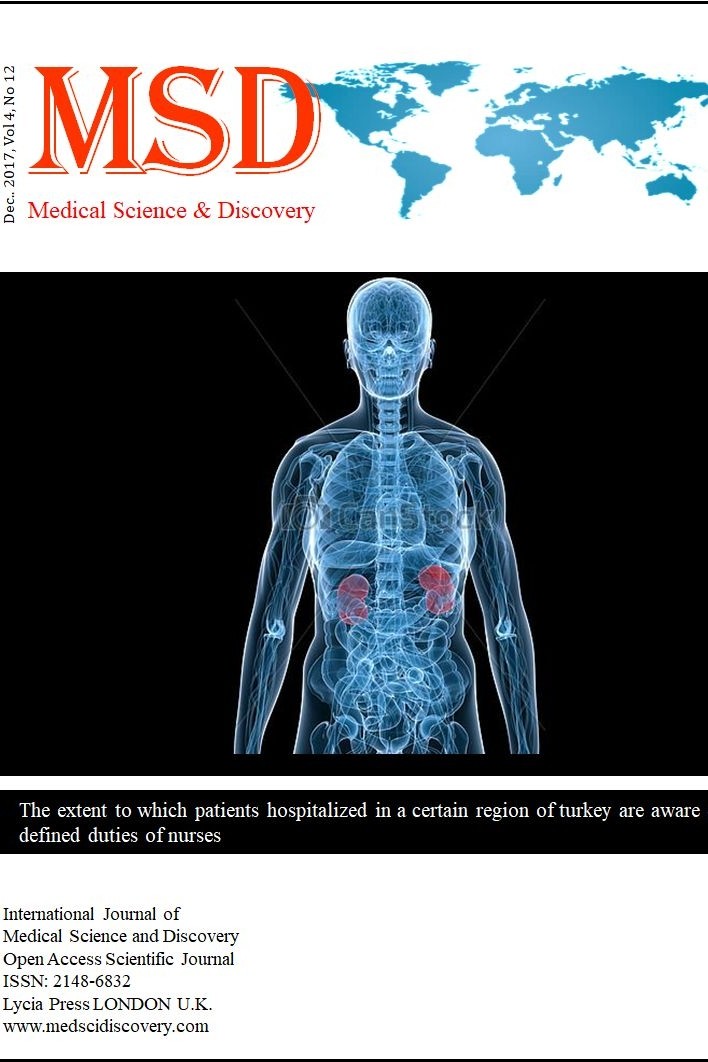Toxoplasma IgM positive in pregnancy: what does it mean from the perspective of the gynecologists?
Toxoplasma Ig M positive in pregnancy: what does it mean from the perspective of the gynecologists?
Toxoplasma gondii, Pregnancy,
- ISSN: 2148-6832
- Başlangıç: 2014
- Yayıncı: Zafer AKAN
Toxoplasma IgM positive in pregnancy: what does it mean from the perspective of the gynecologists?
Burcu Artunc ULKUMEN, Halil Gursoy PALA
Complexion of Boric Acid with 2-Deoxy-D-glucose (DG) as a novel boron carrier for BNCT
Zafer AKAN, Hasan DEMİROGLU, Ugur AVCİBASİ, Gokhan OTO, Hulya OZDEMİR, Sabahattin DENİZ, Ali Sadi BASAK
A mortal accident caused by a broken toilet seat cover
Yildiray Zeyfeoglu, M. Sunay Yavuz, Tarik Ulucay, M. Ziya Kir, Faruk Aydin, Ilknur Kahraman, Gonca Tatar, Zafer Karadeniz, Mustafa Dalgic
The analysis of doppler flow alterations in intrauterine growth restricted pregnancies
Burcu Artunc Ulkumen, H. Gursoy Pala, Fatma Eskicioglu, Yesim Baytur
Burcu Artunc Ulkumen, Safiye Ulucay, Burak Batir, Fatma Eskicioglu, H. Gursoy Pala, Sirri Cam
Histopathological Review of Male Breast Cancer Cases
Emel Ebru PALA, Zubeyde Yildirim, Ulku Kucuk, Ebru CAKİR, Nilay SENKORKMAZ, Umit Bayol
Familial Recurrent Hydatidiform Moles: A rare case report
Fatma Eskicioglu, Isin Kaya, Esra Bahar Gur, Guluzar Arzu Turan
